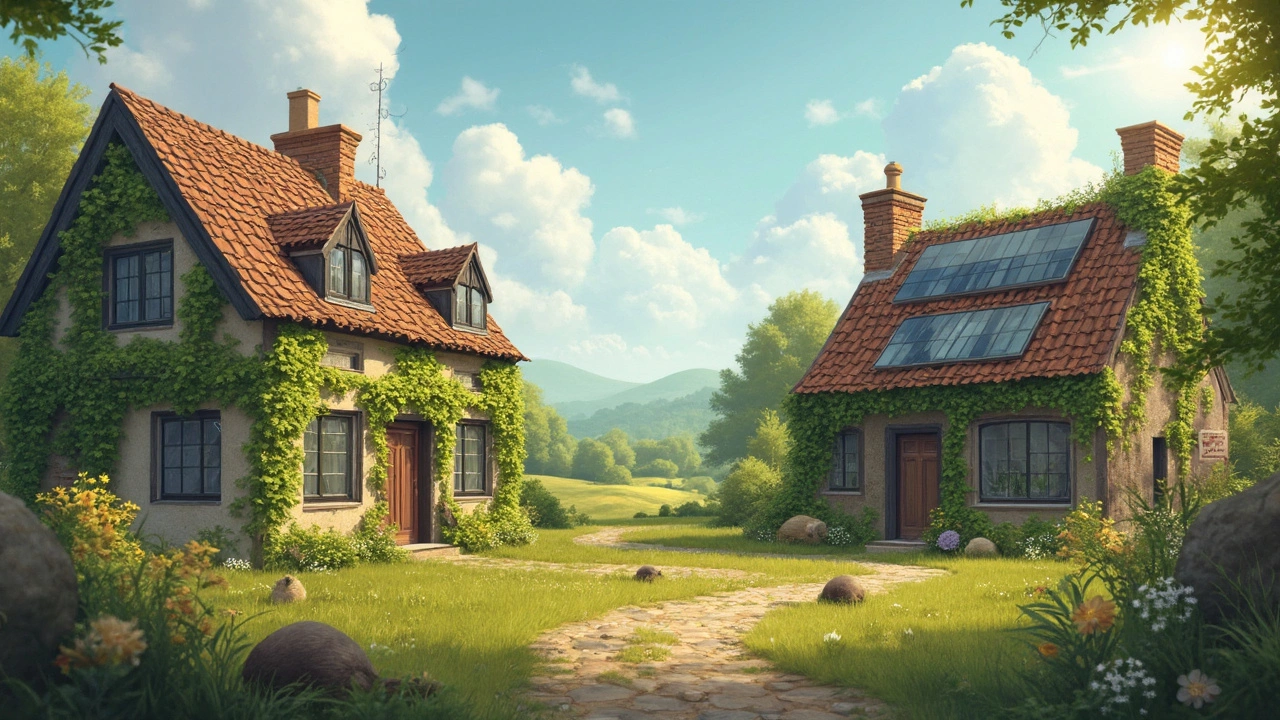Non‑Green Materials: The Basics Every Traveller Should Know
When you pick a lodge or cottage, the walls, floors and roofs are made from something. Not all of that something is kind to the planet. Materials like concrete, steel, PVC and treated timber are called non‑green because they use a lot of energy, release emissions or stay in landfills for years.
Why Non‑Green Materials Still Show Up Everywhere
Builders often reach for concrete or steel because they’re cheap, strong and easy to get. A concrete foundation can be poured fast, and steel beams hold large roofs without much fuss. The downside? Making cement releases a ton of CO₂, and mining steel digs up ore and uses huge power. That’s why many modern lodges still have a mix of old‑school and new‑school parts.
Another common culprit is PVC piping. It’s cheap and resists water, so it’s popular in bathrooms and kitchens. But PVC is made from petroleum, and when it’s discarded it can release harmful chemicals. Even some painted finishes contain volatile organic compounds (VOCs) that linger in the air.
How to Spot Greener Choices When Booking
Look for lodges that mention sustainable building practices on their website. If they say they use reclaimed wood, insulated hempcrete, or natural stone, they’re likely moving away from the heavy‑duty non‑green stack. Some places even publish a “materials list” showing where they’ve swapped out concrete for rammed earth or steel for bamboo.
If the listing doesn’t say much, ask the host directly. A quick question like, “What type of insulation does the cottage have?” often reveals whether they’re using foam (a non‑green option) or sheep’s wool (much better for the environment). Hosts who can answer confidently are usually proud of their eco‑efforts.
Another tip: check for certifications such as BREEAM or Green Britain. These marks mean the property has been audited for its environmental footprint, including the materials used in construction and renovation.
Finally, consider the age of the building. Older stone cottages may have non‑green updates like synthetic windows, but they also often have solid walls that don’t need extra insulation. A mix of old and new can be a happy middle ground if the owners are replacing the worst offenders.
Choosing a lodge with greener materials doesn’t just help the planet—it can make your stay more comfortable. Natural materials breathe better, keep indoor temps stable, and usually avoid the stale smells that come from off‑gassing plastics.
So the next time you search for a countryside retreat, keep an eye on the building story. Knowing the difference between non‑green and eco‑friendly materials lets you pick a place that feels right for you and the environment.

Eco-Friendly Cottages: What Building Materials Should You Avoid?
Many cottage builders want to make eco-friendly choices, but some common materials can harm the planet. This article breaks down which building materials aren't eco-friendly and why. Learn which substances to stay away from, how they impact the environment, and practical tips for greener alternatives. If you're planning a sustainable cottage, this guide will help you dodge the worst offenders. Be prepared to rethink classic options and make smarter, greener decisions.
Continue Reading